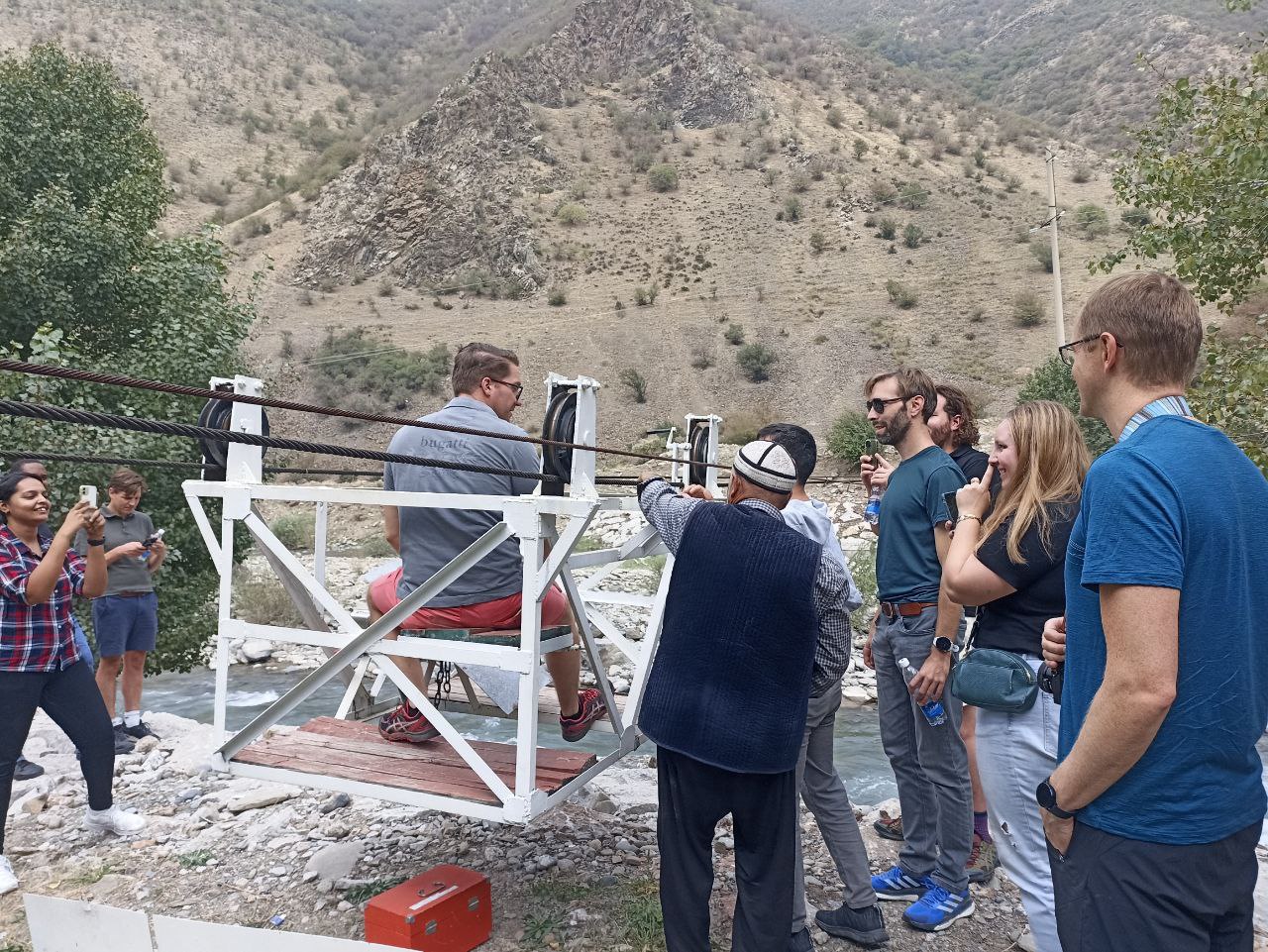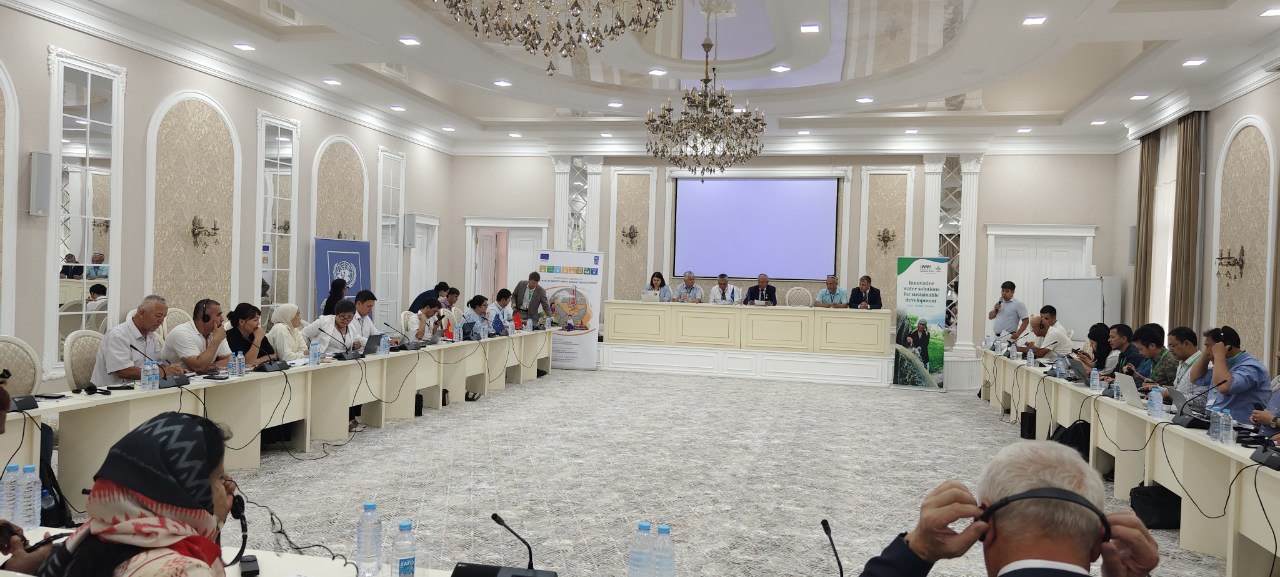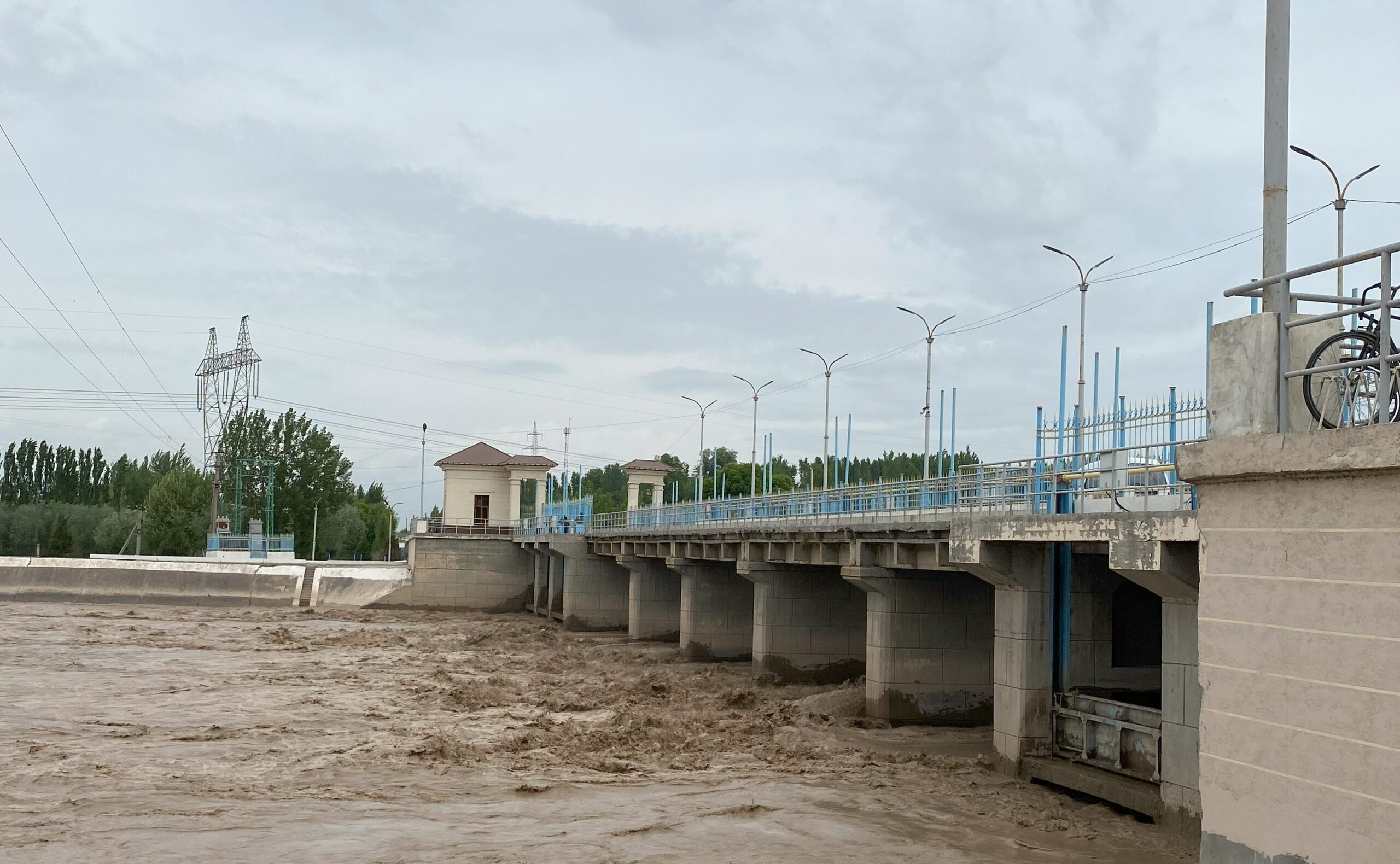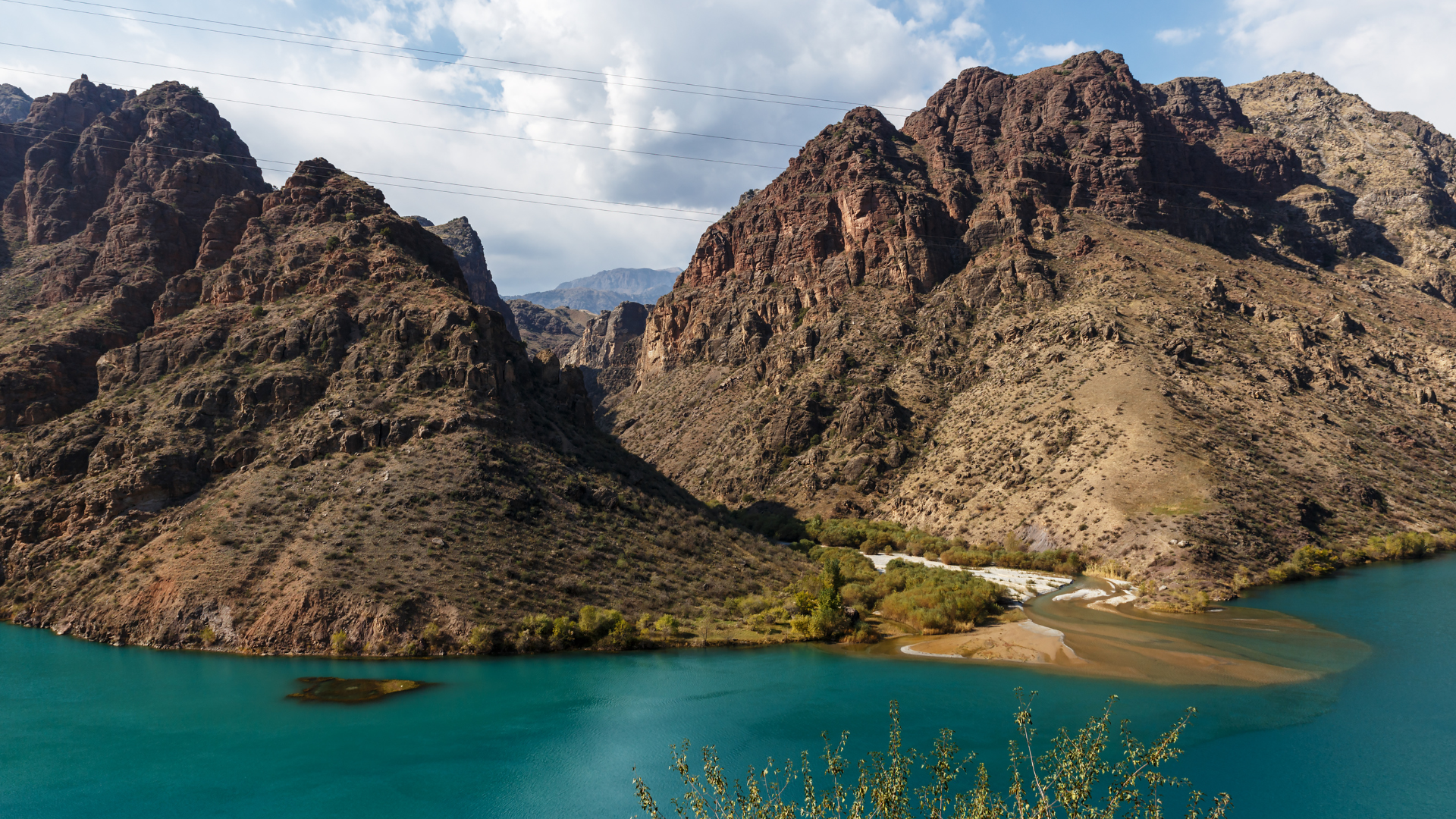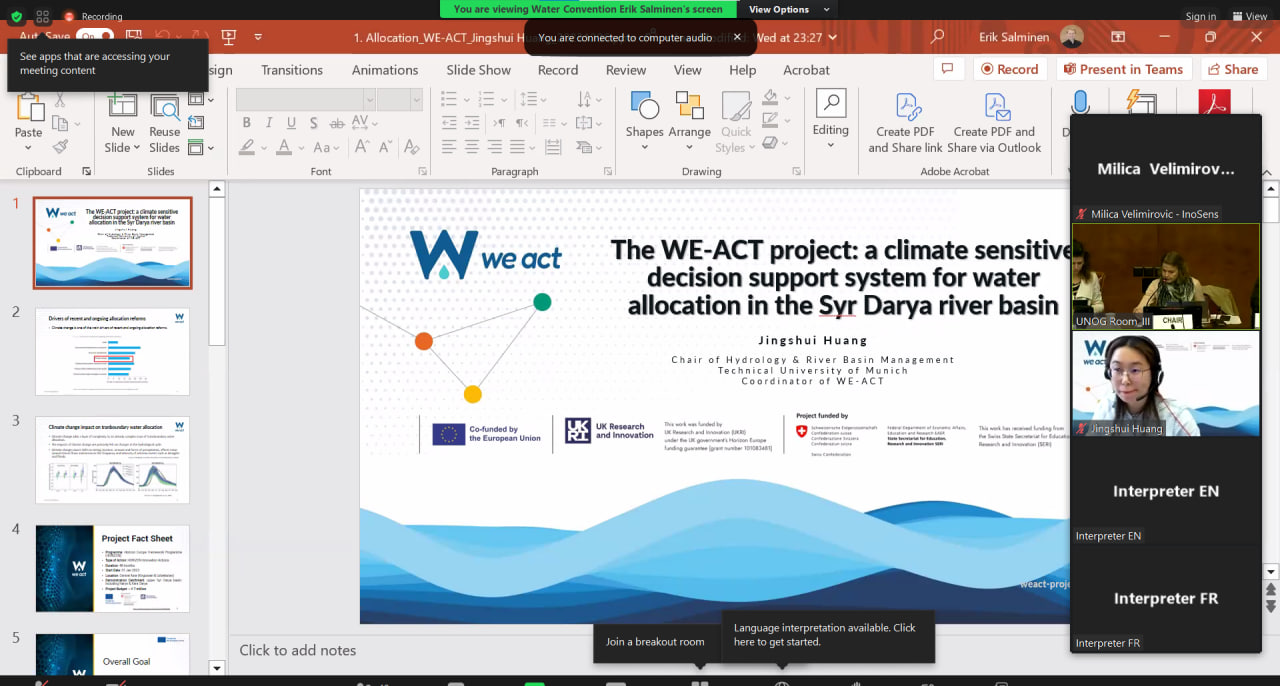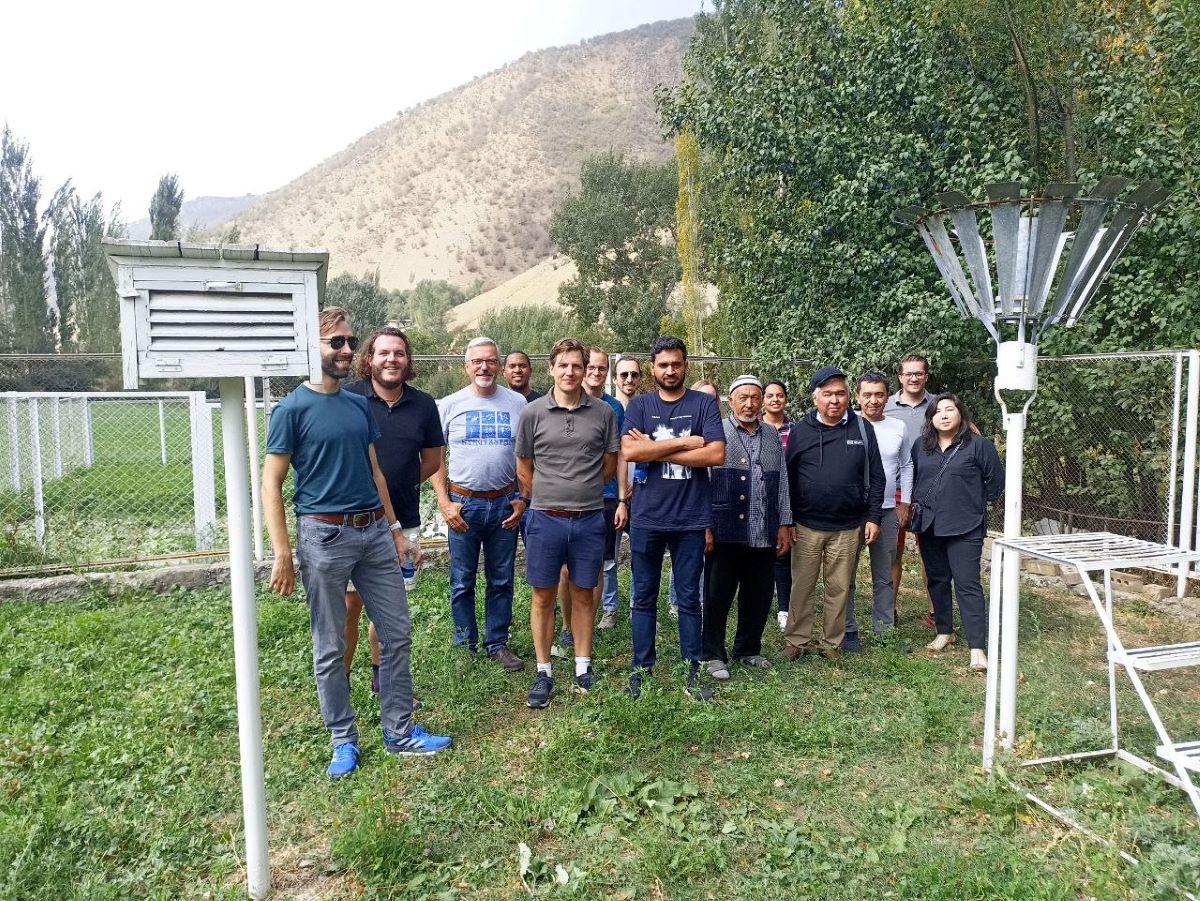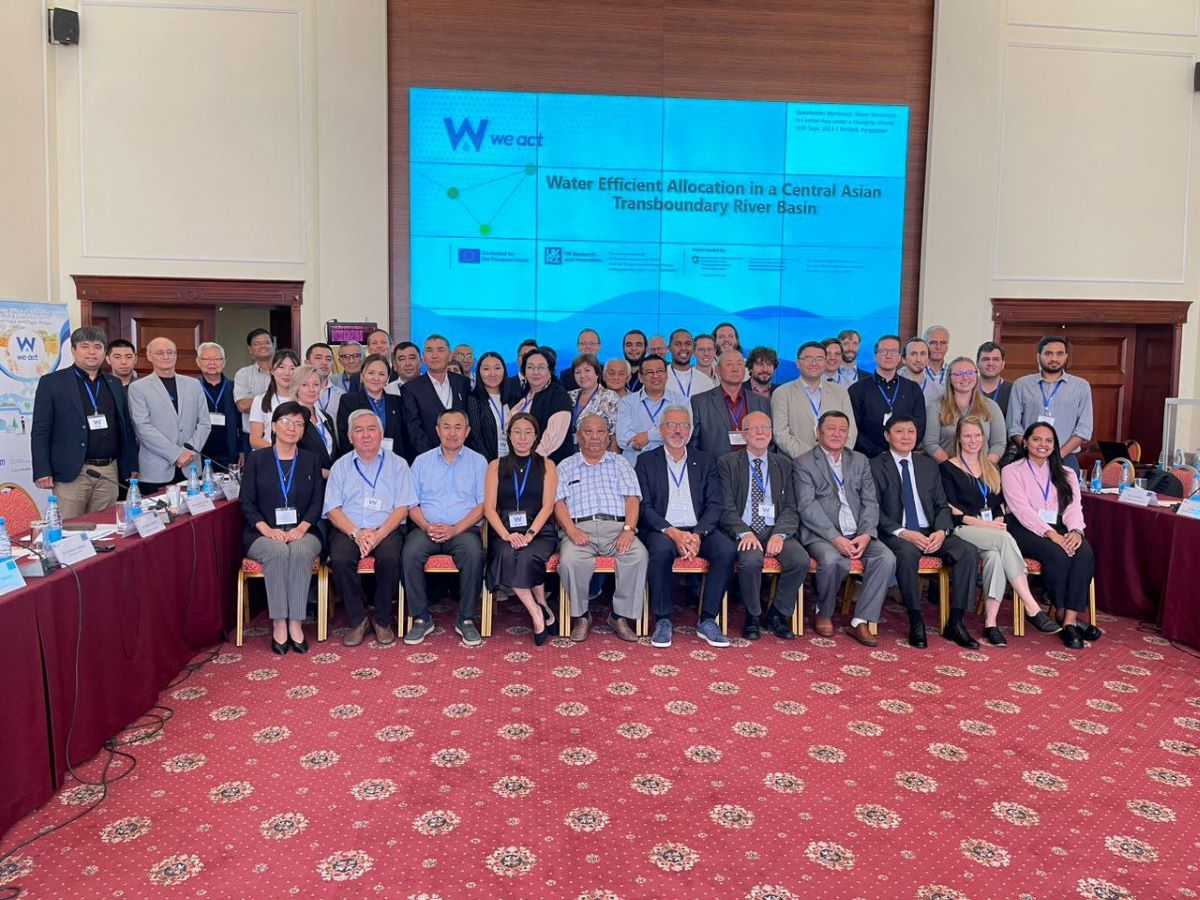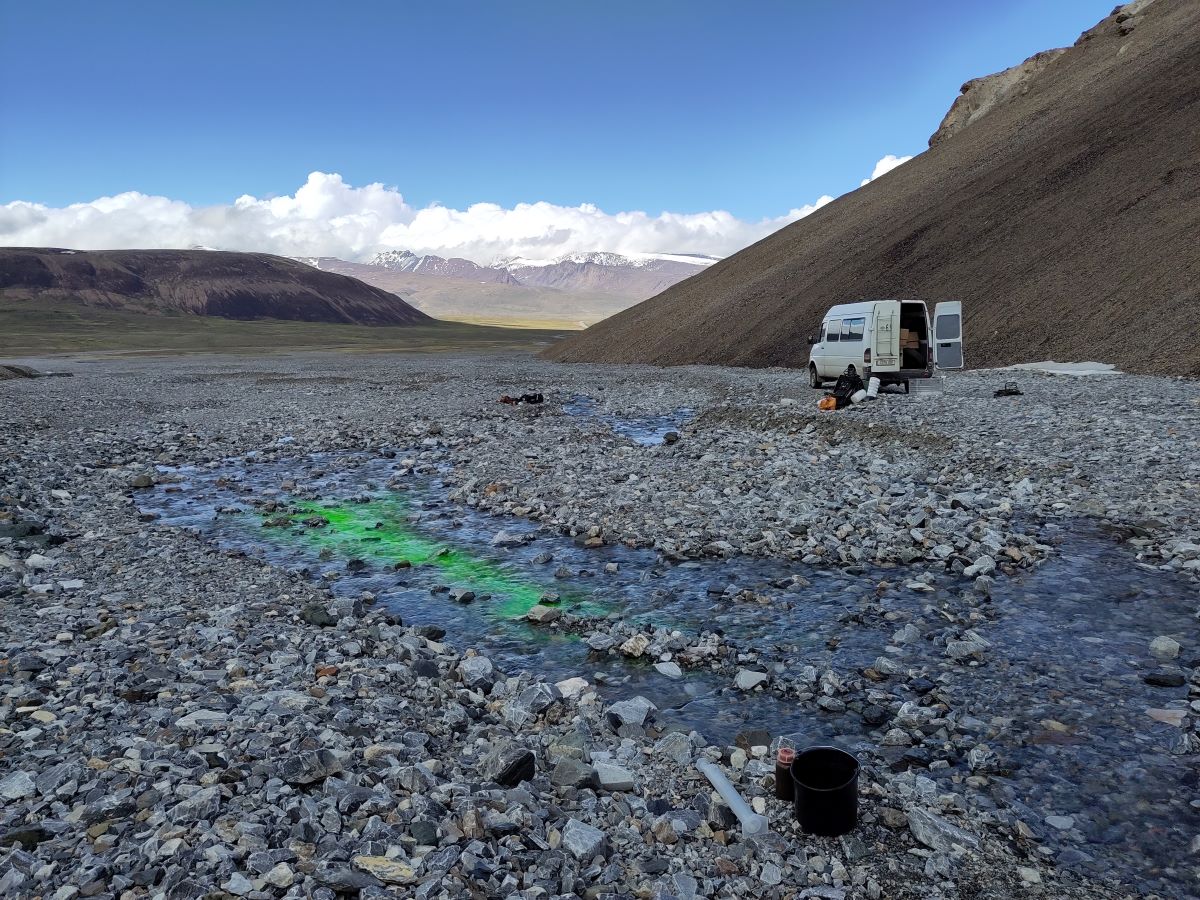Summary Handbook on Water Allocation in a Transboundary Context (Summary Handbook) contains the key information from the Handbook on Water Allocation in a Transboundary Context (Handbook) adopted by the 9th Meeting of the Parties (MOP9) to the Water Convention in 2021, covering the global practice of transboundary water allocation. It seeks to be a shorter and targeted practical resource for policy and decision-makers providing a snapshot from the Handbook of the key elements, frameworks and modalities to consider in the application of transboundary water allocation, while recognizing that every allocation context is unique. A wide array of case studies from different continents and geographical regions are noted under the relevant sections for further reading – these are listed in full in the Handbook.
Numerous issues related to preserving water and its allocation in a transboundary context such as climate change adaptation, preservation of freshwater ecosystems, transboundary legal frameworks to name just a few, have also gained recognition during recent UN global processes and platforms. Most notably the UN Water Conference in March 2023 and the Water Action Agenda for achieving SDG6, but also the inclusion of freshwater ecosystems in the Post-2020 Global Biodiversity Framework. Hence, this publication may provide a valuable resource for policy makers to tackle these pressing issues.
The Summary Handbook is a timely update to the Handbook given the increasing prevalence of water scarcity and drought since the Handbook was adopted at MOP9. Severe droughts have developed or intensified in various regions of the world such as Western Europe, the Horn of Africa and South America, among others. Equitable and sustainable allocation of scarce surface and ground water in transboundary basins is thus even more important in the effective management of shared freshwater resources, along with allocation’s complementary approaches.
United Nations Economic Commission for Europe (UNECE). (2023). Summary Handbook on Water Allocation in a Transboundary Context. Retrieved from https://unece.org/environment-policy/publications/summary-handbook-water-allocation-transboundary-context
New Standard in Climate-Sensitive and Sustainable Water Allocation Practices
WE-ACT has an innovative approach which consists of two complementary innovation actions: the first is the development of a data chain for a reliable water information system, which in turn enables the second, namely design and roll-out of a decision support system for water allocation. The data chain for the reliable water information system consists of real-time in-situ hydrometeorological and glaciological monitoring technology, modelling of the water system (including water supply and demand modelling and water footprint assessments) and glacier mass balance, data warehouse technology and machine learning. The roll-out of the DSS for climate- risk informed water allocation consists of stakeholder and institutional analyses, water valuation methods, the setup of the water information system to allow for a user-friendly interface, development of water allocation use cases, and feedback on water use through national policy dialogues.
United Nations Economic Commission for Europe (UNECE). (2023). Summary Handbook on Water Allocation in a Transboundary Context.
Read the full Summary Handbook on Water Allocation in a Transboundary Context here.

